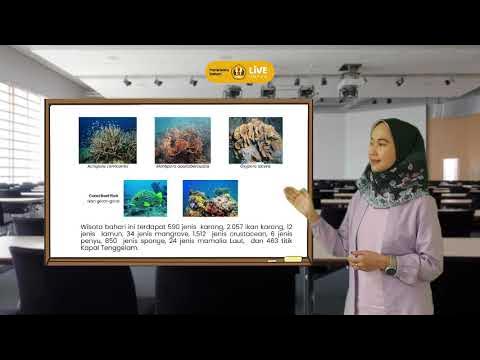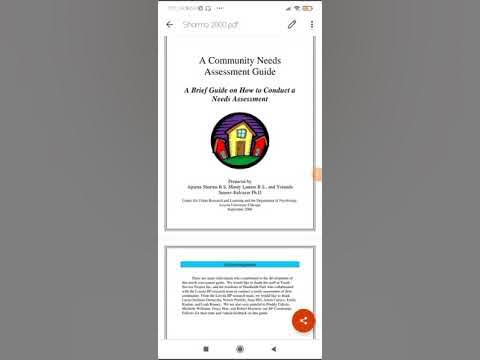10 octobre 2024
Summary
TLDRThe video introduces a methodology for designing eco-districts, covering governance, planning, and community involvement. The focus is on establishing clear roles, managing resources, and ensuring social cohesion through various strategies. Key topics include governance structures, creating an identity for the district, integrating nature, and promoting sustainable mobility. Additionally, it discusses balancing private and public spaces and incorporating diverse community needs to create a vibrant, functional urban environment. Various tools for community engagement, like public forums and innovative communication methods, are highlighted to support collaborative project development.
Takeaways
- 🌍 The chapter focuses on the methodology of designing an eco-district and its governance strategies.
- 🏗️ Project teams need to work collaboratively with a strong project management structure and strategic vision for sustainable urban development.
- 👥 Resident participation is crucial, with various tools such as forums, surveys, and public meetings used to involve the community in decision-making.
- 🌳 Integrating natural elements, like green spaces and biodiversity, is vital to improving the quality of life and creating a distinctive identity for the eco-district.
- 🚶♂️ Mobility within the eco-district prioritizes reducing car usage, promoting walking, cycling, and other eco-friendly transport methods.
- 🏞️ The layout of the district must connect with the existing urban fabric, creating public spaces that encourage social interaction and cohesion.
- 🏡 Designing eco-districts involves balancing public and private spaces, with transitions like courtyards and community gardens enhancing shared areas.
- 🔄 Flexibility in urban planning is emphasized, ensuring that the eco-district can evolve while maintaining sustainable living conditions.
- 📊 The project must consider social cohesion by analyzing different lifestyles and forms of cohabitation, addressing diverse community needs.
- 💡 The eco-district requires innovative planning solutions for environmental sustainability, like managing natural resources and ensuring the preservation of local species.
Q & A
What is the primary focus of this chapter on eco-districts?
-The chapter focuses on the methodology for designing an eco-district, including governance strategies, urban planning, natural resource management, and fostering social cohesion.
Why is governance important in the success of an eco-district project?
-Governance is key because it ensures structured project management, coordination between services, and collaboration with local, regional, and national partners. It also promotes active citizen participation.
What role does citizen participation play in the development of eco-districts?
-Citizen participation is crucial, as eco-districts are built for and with the community. Tools such as public meetings, surveys, and participatory workshops help involve residents in the decision-making process.
How does the design of an eco-district integrate with the existing city?
-The design aims to create a structured connection to the existing city, ensuring the eco-district has its own identity while integrating with the city’s mobility, natural resources, and urban fabric.
What is a 'green framework' and its importance in an eco-district?
-The 'green framework' refers to a network of public spaces like parks, streets, and squares that enhance the district’s environment. It helps manage circulation, promotes biodiversity, and creates spaces for social interaction.
How is nature incorporated into eco-district projects?
-Nature is a key element, providing shade, improving biodiversity, and contributing to the overall atmosphere. The integration of natural features like water bodies and green spaces enhances both the environment and the residents' quality of life.
What challenges are associated with balancing urban development and biodiversity in eco-districts?
-One challenge is aligning the timing of the project with the slower pace of natural growth and biodiversity preservation. Rapid urban development can pressure the preservation of species and ecosystems.
How do eco-districts approach mobility to reduce the use of cars?
-Eco-districts encourage alternative modes of transport such as walking, cycling, and scooters. They design safe, comfortable pedestrian paths and cycling routes to minimize car usage while maintaining livability.
What strategies are used to balance public and private spaces in eco-districts?
-The separation between public and private spaces is managed through qualitative transitions, using design elements that create smooth boundaries. Mixed-use spaces, like shared gardens or courtyards, help blend these areas.
How do eco-districts ensure the needs of diverse users are met in public spaces?
-Public spaces in eco-districts are designed to accommodate a variety of activities, such as walking, playing, and socializing. The design considers different users' needs to ensure that everyone finds their place in the district.
Outlines

此内容仅限付费用户访问。 请升级后访问。
立即升级Mindmap

此内容仅限付费用户访问。 请升级后访问。
立即升级Keywords

此内容仅限付费用户访问。 请升级后访问。
立即升级Highlights

此内容仅限付费用户访问。 请升级后访问。
立即升级Transcripts

此内容仅限付费用户访问。 请升级后访问。
立即升级浏览更多相关视频

Tata Kelola Wisata Bahari

Mengenal langkah-langkah Community Need Assesment (Sharma, 2000]

Philippines: What It Takes to Be a Good Citizen

Graphic Recording Proses Pengelolaan Keuangan Daerah LPPM UB - AIPD

Przepis na Azjatycki makaron z kurczakiem!

Como elaborar um plano de ação para minha empresa? - Sebrae
5.0 / 5 (0 votes)
